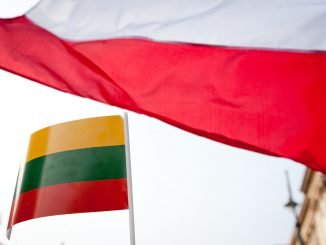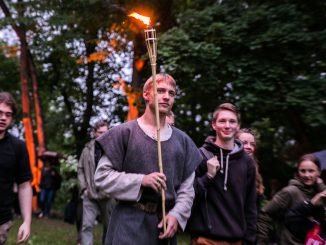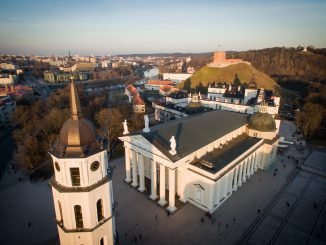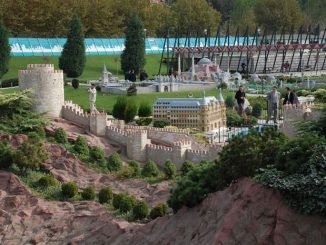
Pilėnai and Margiris
Pilėnai is a place that looms over the landscape of Lithuanian history. It is a place shrouded in legend and a castle that became the symbol of Lithuania‘s life and death struggle for freedom. When listening to the voices of the writers and historians having contributed most to turning Pilėnai into a symbol, we know that Pilėnai duke Margiris and his men fought fearlessly against the numerous forces of the Teutonic Knights. It was only when the situation appeared bleak that they decided to destroy all of the wealth taken to the castle, then kill their wives, children and finally themselves. Choosing death instead of slavery, the defenders of Pilėnai showed a special love for freedom. These tragic but noble events occurred on February 25th, 1336 and was declared as a typical example of Lithuanian valour. […]





